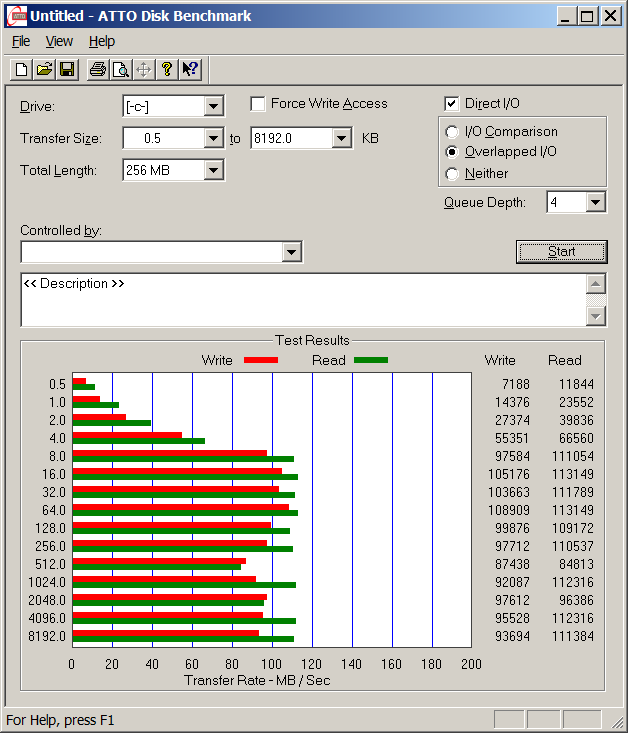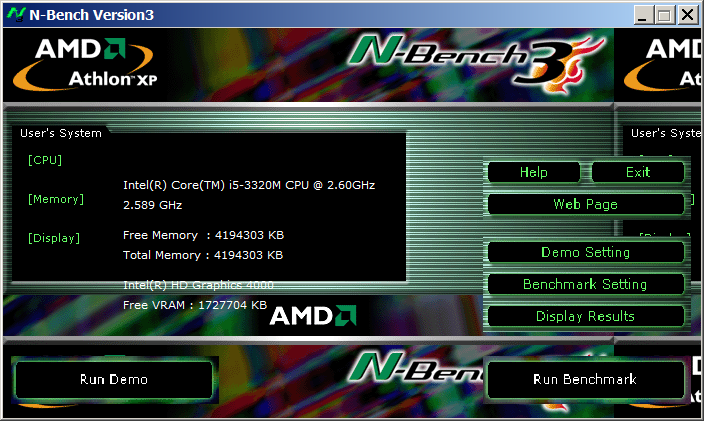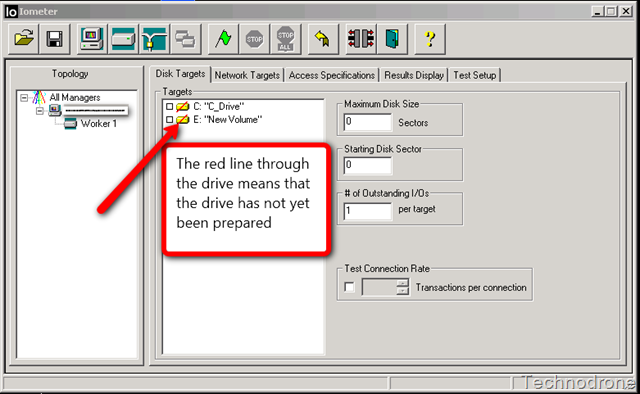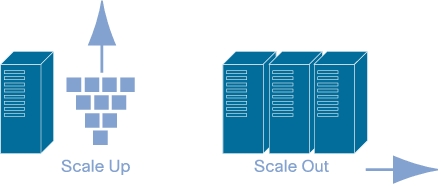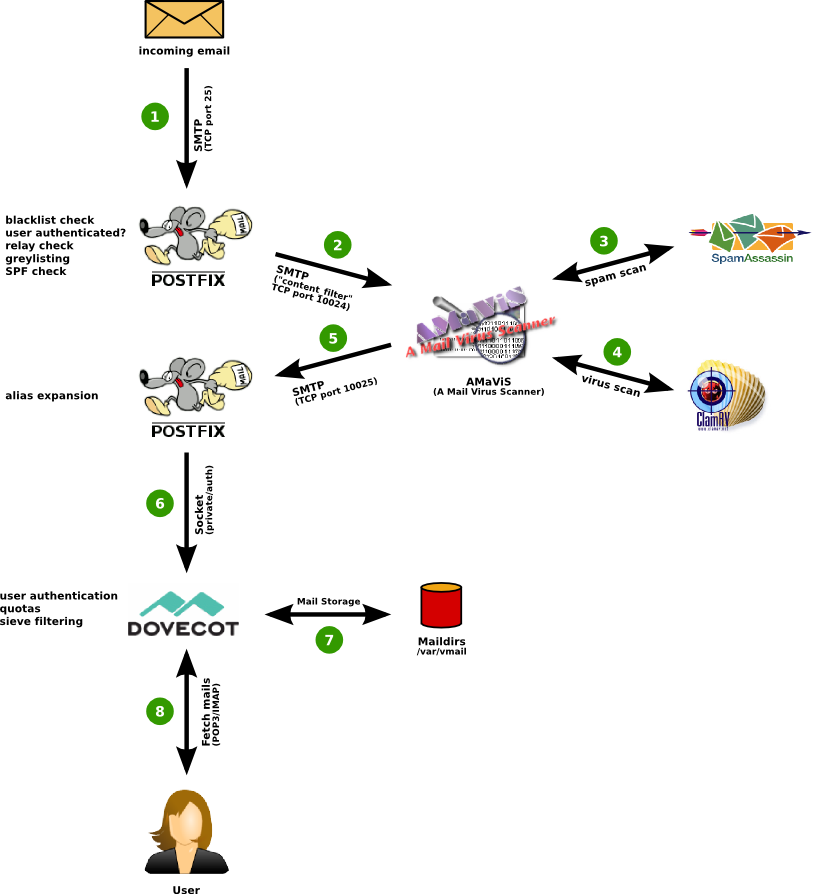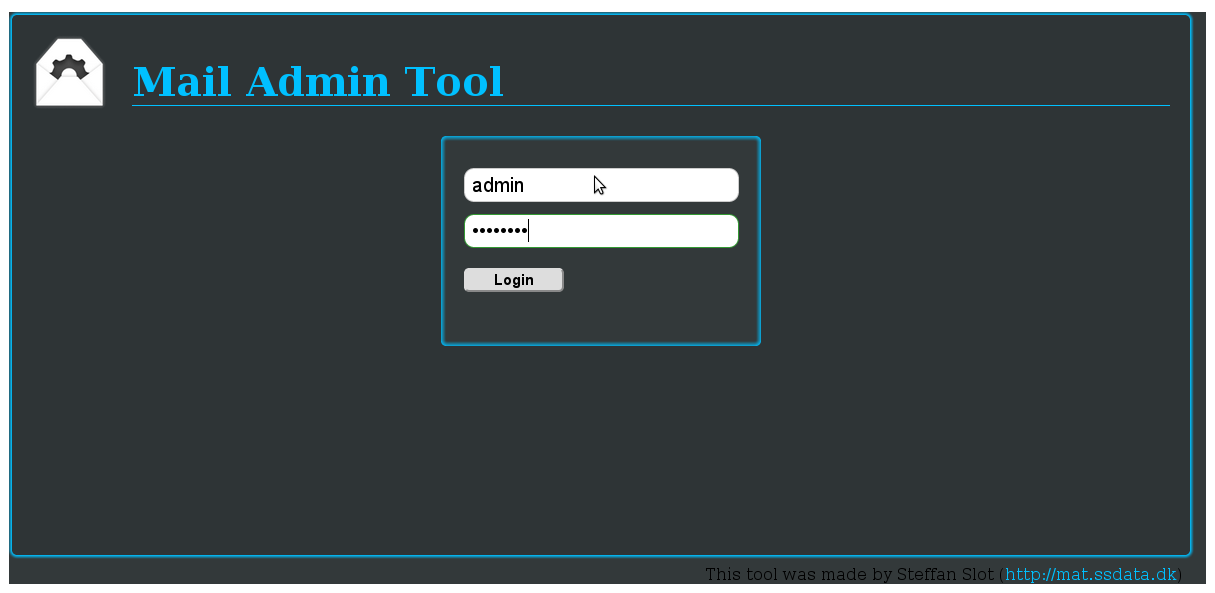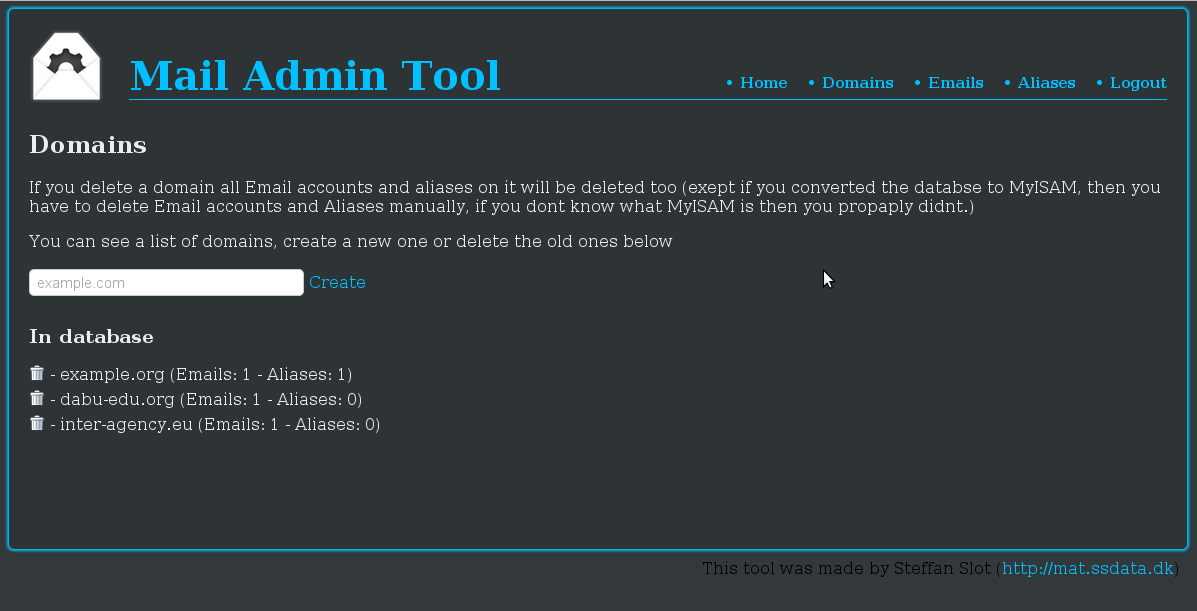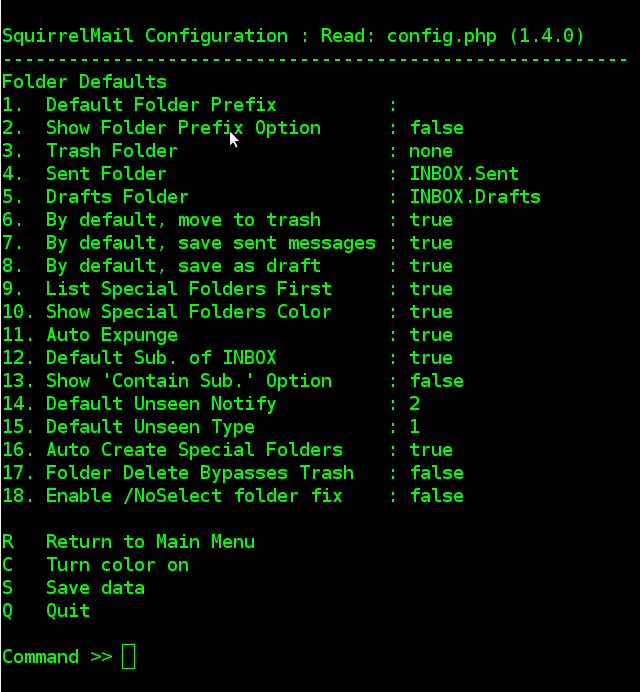
I've had recently the trivial decomissioning task to delete some NetApp Storage qtrees on some of the SAP Hana Enterprise Cloud NetApp filers.
If it is first time you heard of NetApp is a hybrid cloud data services and data management (ranked in the Fortune 500 companies).
Netapps are hybrid cloud data services for management of applications and data across cloud and on-premises environments and are a de-facto standard for Data storage on many of the existing Internet Clouds and Large Corporatons that Stores many Pentabytes of Data.
The Netapp storage devices are a kinda of proprietary Clustered version of the Small business NAS storage Solution FreeNAS (which of itself is a Free FreeBSD based Data Storage OS – The #1 Storage OS).
NetApps allow plenty of things to do such as Data Mirroring (Data Backups), Data Syncing, SpapMirroring, SnapVault and many, many more custom Data revolutionary solutions such as StorageGrid.
NetApp supports integration with Kubernetes, Docker, Oracle / SAP DB, Citrix, Xen, KVM as well as multiple cloud environments such as AWS, Azure, OpenStack and has even integration with some CI/CD DevOps data provisioning – i.e. Jenkins.
In this small article, I'll show you how a Volume / Qtree on a NetApp filer could be viewed, mounted, unmounted, deleted. I'll also show you how to get statistics, while logged in remotely to the NetApp console and finally how to view and delete a NetApp configured snapmirror.
View NetApp Qtree
Here is how to view the Storage Qtree:
netapp> qtree show -vserver netapp01fv018 -volume VOL_OS_MIG -qtree bck_01v046485_20190108
…
To view the file content existing on the Storage server from the Linux bost next step to do is mount it with regular mount:
linux-host:~# mount netappfiler01fv018:/VOL_OS_MIG/ bck_01v035527_20190108 /mnt/test
Delete the Qtree from NetApp (Storage) Filer
Become administrator on the device
Once assured the content could go on to delete the qtree, it is necessery to become superuser (root) on the NetApp device, to do so, I hed to type:
netapp> set -privilege advanced
…
Then to delete the unneded volume previously used for transferring system update files, when logged in via SSH to the NetApp device – ONTAP Proprietary Operating system :
netapp> qtree delete -vserver netapp01fv018 -volume VOL_OS_MIG -force -qtree bck_01v035527_20190108
…
Note that this command will return back a job ID
assigned until operation is completed, to check the status of completion of generated JOB that is backgrounded, I've used command:
netapp> job show 53412
If all is okay you should get a Status of Success otherwise, if you get failed status you have to debug further what's causing it.
How to view existing export polcities and remove them
If you don't want to delete the qtree or volume but want to prevent a certain Linux server / application to not have access to it, it is useful to view existing export policy for a qtree.
netappfc001::> qtree show -exports -volume vol1_vmspace_netapp01v000885 -qtree q_01v002131
Is Export
Vserver Volume Qtree Policy Name Policy Inherited
———- ————- ———— ———— —————–
netapp01fv001 vol1_vmspace_netapp01v000885
q_01v002131
vol1_vmspace_netapp01v000885.exports
true
To remove then export policy (to not exist at all), this is how:
netapp> volume qtree modify -vserver hec01fv018 -qtree-path /vol/volume_name/qtree_name -export-policy ""
…
I've also found the following volume qtree commands NetApp ONTAP documentation page helpful to read and recommend to anyone that wants to learn more.
How to delete a NetApp Volume if it is not used anymore
To delete unsed netapp volume, you have to do 3 things.
1. Unmount the volume
2. Put it offline
3. Delete it
to do so run below 3 cmds:
netapp> volume unmount -vserver vserver_name -volume volume_name
netapp> volume offline -vserver vserver_name volume_name
netapp> volume delete -vserver vserver_name volume_name
Show mounted Volume junctions (Get Extra Storage Volume information)
netapp> volume show -vserver netapp01fv004 -junction
netapp> volume show -vserver netapp01fv004 -volume MUFCF01_BACKUP
How to delete a Configured SnapMirror
What is a snapmirror?
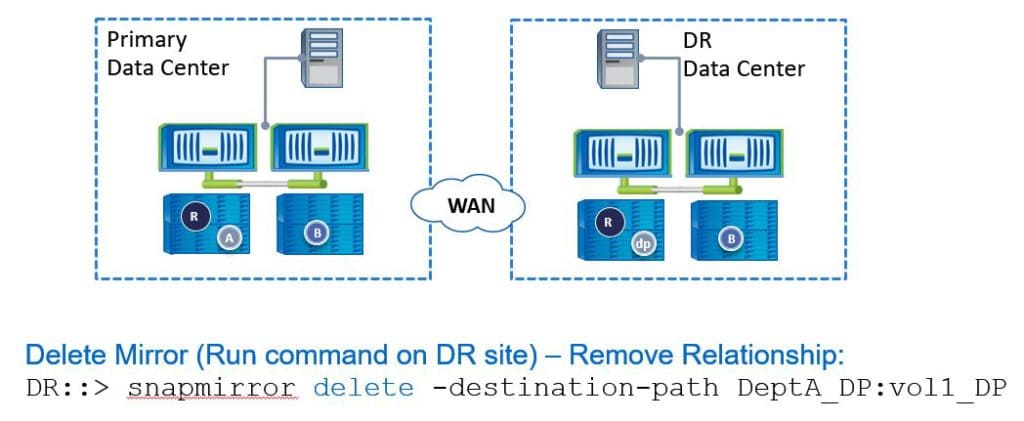
SnapMirror is a feature of Data ONTAP that enables you to replicate data. SnapMirror enables you to replicate data from specified source volumes or qtrees to specified destination volumes or qtrees, respectively. You need a separate license to use SnapMirror.
You can use SnapMirror to replicate data within the same storage system or with different storage systems.
After the data is replicated to the destination storage system, you can access the data on the destination to perform the following actions:
- You can provide users immediate access to mirrored data in case the source goes down.
- You can restore the data to the source to recover from disaster, data corruption (qtrees only), or user error.
- You can archive the data to tape.
- You can balance resource loads.
- You can back up or distribute the data to remote sites.
netapp> snapmirror show -destination-path netapp02fv001:vol1_MUF_PS1_DR
netapp> snapmirror delete -destination-path netapp02fv001:vol1_MUF_PS1_DR -force
Operation succeeded: snapmirror delete for the relationship with destination "hec02fv001:vol1_MUF_PS1_DR".
If the snapmirror deletion gets scheduled you can use snapmirror status command to check status:
netapp> snapmirror status MUF_PS1_PRD
Snapmirror is on.
How to telnet from NetApp Storage to another one / check status of configured SMTPs for NetApp Cluster (filer)
You can use the autosupport and options autosupport commands to change or view AutoSupport configuration, display information about past AutoSupport messages, and send or resend an AutoSupport message.
For example if NetApp Filers have configured SMTP or SMTPs servers or other Proxy Configurations to pass on traffic from DMZ-ed network to external Internet resources or Relay servers this command will provide information on the Connection status of this remote services.
rows 0
set diag
node showautosupport check show
systemshell -node netapp01f0018 -c telnet
autosupport show -fields proxy-url
systemshell -node netappf0018 -c telnet 147.204.148.38 80netapp09fc001::*> systemshell -node netapp08f0013 -c telnet 8080
(system node systemshell)
Trying 100.127.20.4
node show – will provide information about configured nodes
rows 0 – will set the output print rows how they will be displayed
set – diag sets the device in diagnostic state
As you can see you can use the systemshell netapp command to try out telnet connections from the Configured NetApp logged in Source to any remote destination to make sure the set Proxy or SMTP is properly reachable.
How to get Statistics about NetApp existing volume Read / Write operations
On Netapp side issue:
netapp> statistics volume show -interval 5 -iterations 1 -max 25 -vserver netapp01fv004 -volume MUFCF01_BACKUP
…
For people starting up with NetApps, it is very useful to get a in-depth read on quick and dirty – Netapp Commandline CheatSheet (for simplicity I've stored it in netapp-commands-cheatsheat.txt formatted file here ).
Conclusion
NetApp storages are used in many Governments and Large Corporations and for critical applications with SLAs forfeits for million bucks, mostly for applications and Database storage that are of a very large scale and too critical to be handled by the conventional storage computing of simple RAIDS 1,2,3,5,6 etc. / LVM and so on. ONTAP and NetApp Filers and Filer Clusters, are easy to maintain but due to its high number of features, not many NetApp Storage / Backup system administrators have the knowledge how to take a good advantage of this beasts. Thus finally, my even small experience with them shows that even simple things as critical errors are not handled properly at least that was my experience as a SAP consultant with SAP Hana Enterprise Cloud (HEC) and their HANA Converged Cloud where, main storage.
This article's goal was pretty simple to guide the user on a minimum set of commands for simple qtree / volume / snapmirror view and removal decomissioning tasks. NetApps Clusters are a whole ocean of stuff and knowledge so before doing anything complex, if you're not sure what you're doing always consult a NetApp storage sysadmin as some of this animals features looks easy for the common general sysadmin but not are not so.
